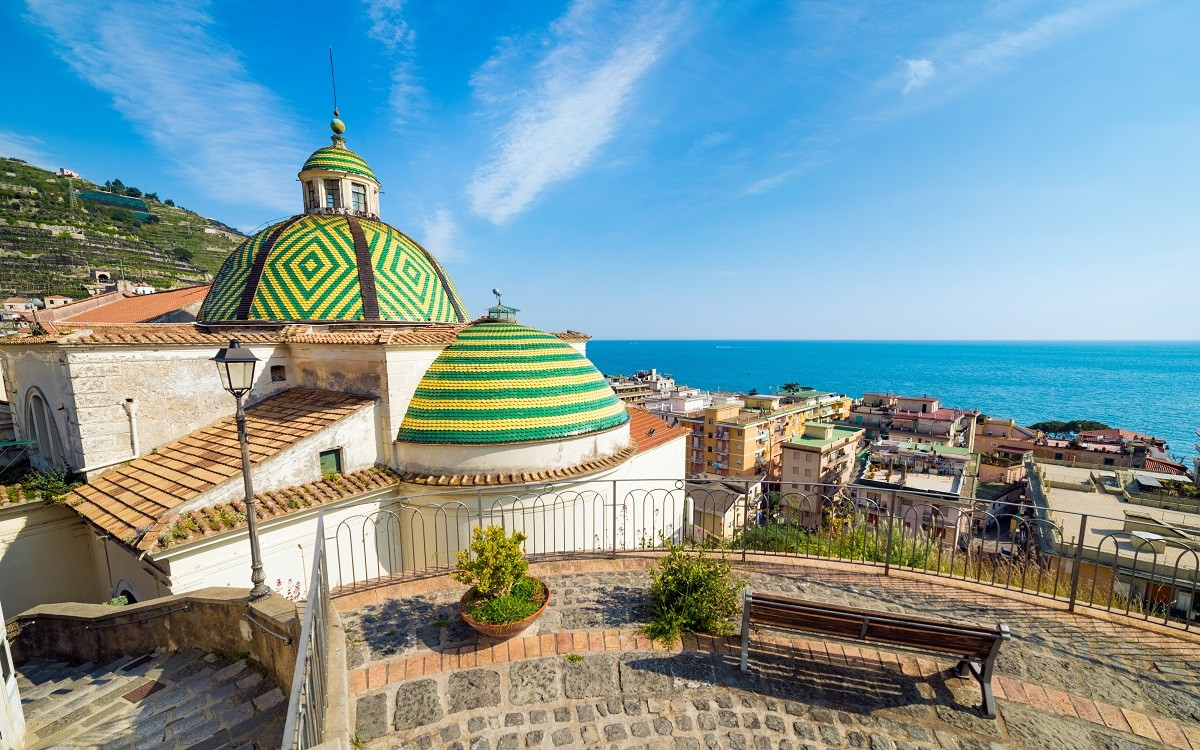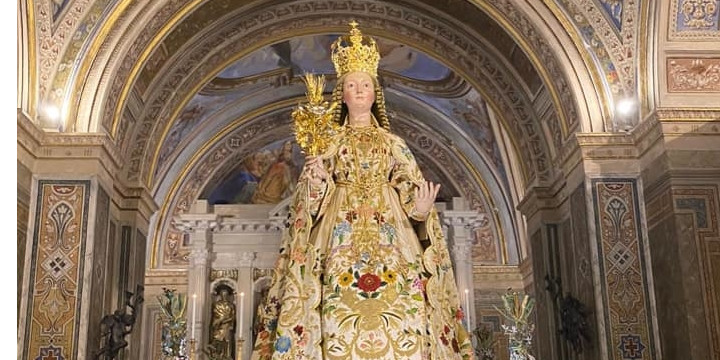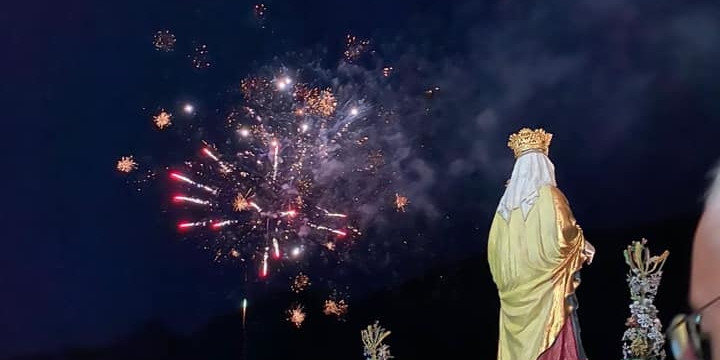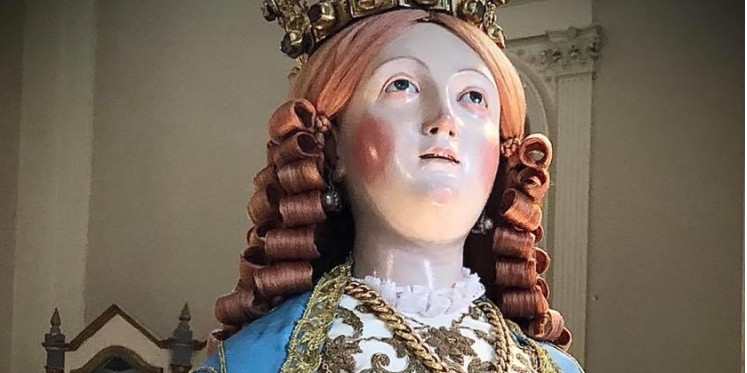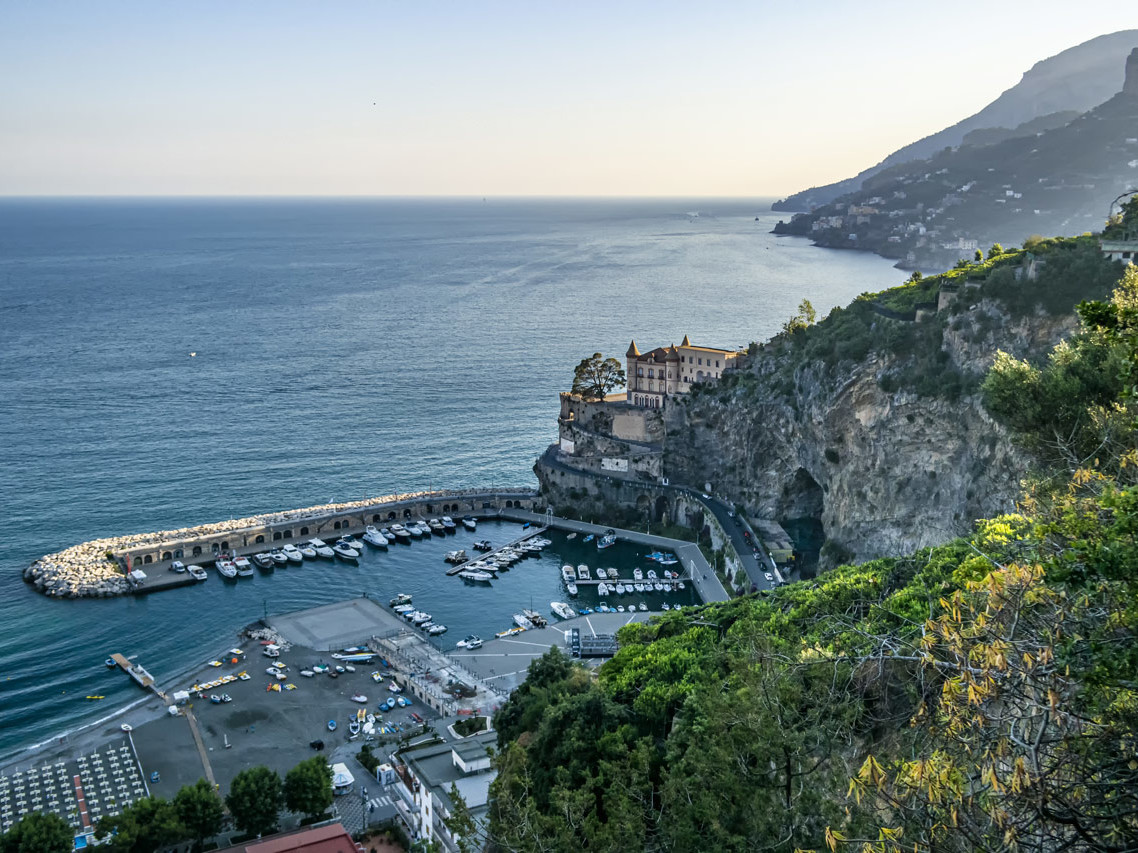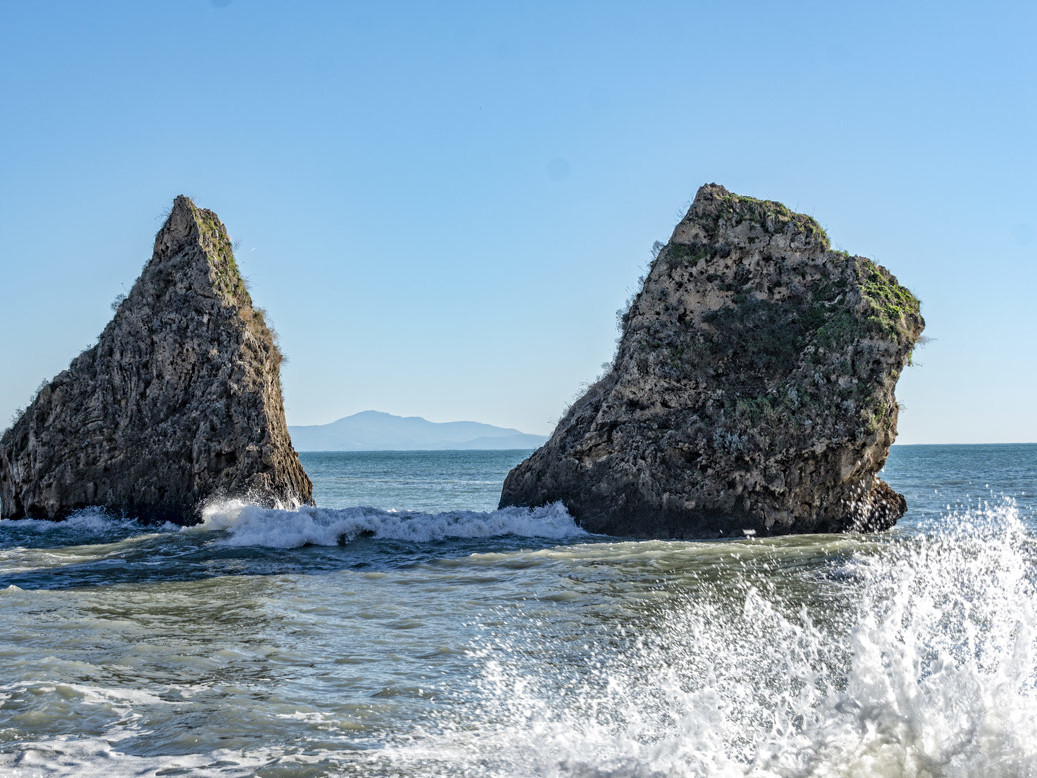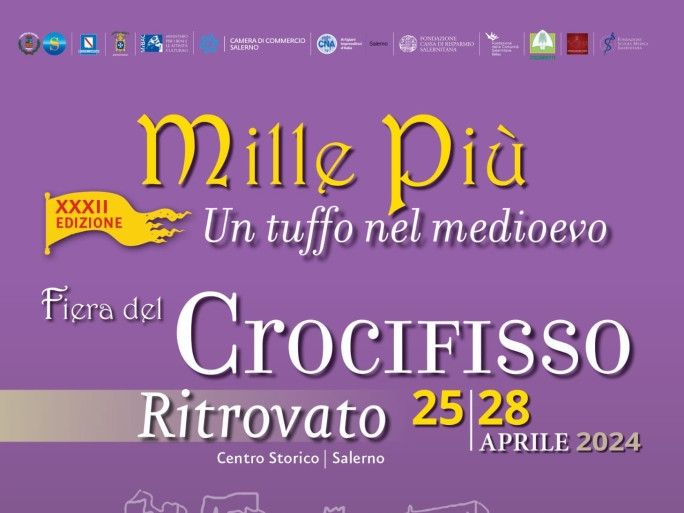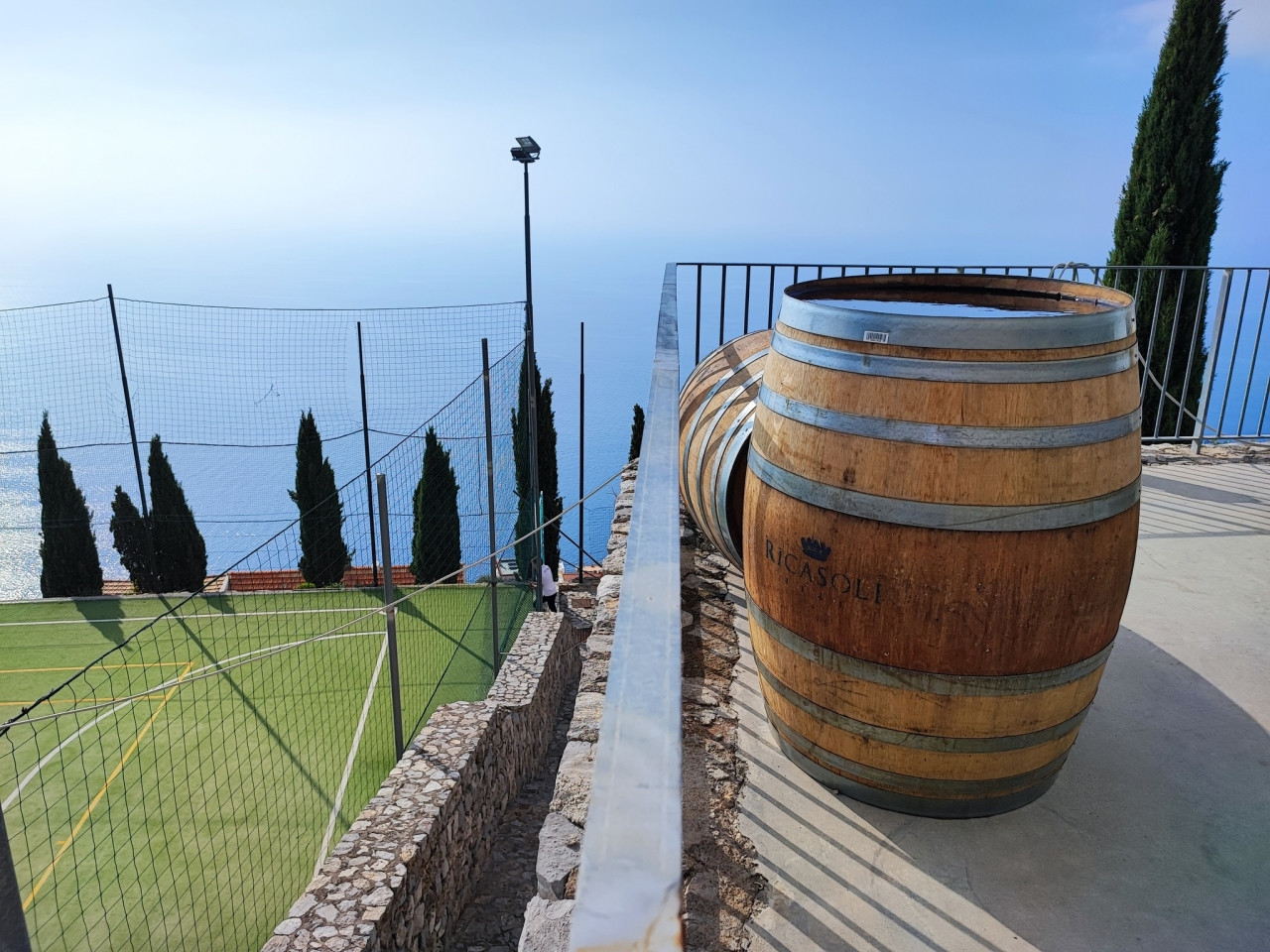THE COLLEGIATE CHURCH OF SANTA MARIA A MARE IN MAIORI
It overlooks the historic center of the town of Maiori, and it is considered one of the most beautiful and charming churches on the Amalfi Coast.
by Annalisa Russo
This church, located on Mount Torina, on the ruins of the ancient fortress Sant'Angelo, is dedicated to the patron saint of Maiori Santa Maria a Mare. This is a successful example of the great historical, artistic and cultural heritage of this small town and it is considered one of its most important architectural attractions. If you want to visit it, you need to reach the square Piazza Raffaele Amato on the main street Corso Reginna and take a long staircase. Although it could be tiring, it is worth it, and this is the reason why today we will reveal to you some curiosities about this place of worship, also considered the beating heart of Maiori and an example of history, faith, art, and traditions.
share this article
The Collegiate Church of Santa Maria a Mare - Maiori
Between history and legend
Initially built to carry out a defensive function, the Church of Santa Maria a Mare was turned into a Collegiate Church in 1505 by Pope Julius II. It takes its name from the statue of the Virgin with the Child, that according to the legend, was found perfectly intact in the sea by some fishermen from Maiori in the early years of 1200.
During the 13th and 14th centuries, the demolition of the fortress, the extension of the church, and the transformation of the tower into a bell tower began. The gilded coffered ceiling - dating back to the 16th century donated by the patrician Erasmo De Ponte and executed by the artist Alessandro de Fulco - is also remarkable.
Today, after several restorations and extensions, this building has its current appearance thanks to the architect Pietro Valente who directed the works in 1835 designing the three huge naves, the transept, and a new structure of the church with a façade and a bell tower orientated towards the city and the sea. In addition, the majestic organ built by Zeno Fedeli which consists of 1700 pipes, is located just above the central nave.
Then, it is worth to mention the monumental sacristy in the form of a Greek cross built in 1866 and the crypt with the remains of Saint Clemente that houses the sacred museum “Don Clemente Confalone” that boasts a rich collection of works of art are equally impressive.
To conclude, the hemispherical dome covered with majolica tiles, in brilliant yellow and green tones, was completed in 1863. Clearly visible from the sea, it is a distinctive feature of the sacred buildings of the Amalfi Coast.
Celebrating the Patron Saint in Maiori
The evocative festive days dedicated to the patron saint of Maiori, Santa Maria a Mare are celebrated twice a year: on August 15, the day of the Assumption of Mary into heaven, and on the third Sunday of November. The latter, more intimate than the summer one that usually attracts many tourists, is also famous to be dedicated to the Virgin of Night (in Neapolitan language Maronn e' Notte) and it is deeply rooted in the episodes of November 9, 1735, and November 11, 1773, when people from Maiori in front of two great floods were convinced that the Virgin had saved them from these calamities.
In both celebrations, a statue of the Virgin with a precious dress dating back to the 18th-century parades through the streets. Instead, the more ancient wooden statue, found according to the tradition by fishermen, is shown once every fifty years.
In conclusion, these processions always end with the typical and exciting “Virgin's run" where the statue is carried on volunteers’ shoulders along the 127 steps that separate the square Piazza d’Amato from the Collegiate Church. In conclusion, this event will give you the opportunity to experience first-hand the great faith that has always animated these people.
credits photo: Tradizioni e feste in Costiera Amalfitana
-
The Collegiate Church of Santa Maria a Mare is located on the starting point of the Path of Lemons, one of the most beautiful nature trails of the Amalfi Coast characterized by terraces and breathtaking views.
-
On the third Sunday of November, the Virgin is called in Neapolitan language Maronn e' Notte (The Virgin of the Night) because the festival starts at night, usually at five o'clock a.m. with the parade of the band singing a Christmas pastoral. At 6 o'clock, instead, the first Mass is held.
-
If you are in Maiori in August, during the celebrations for the patron saint, taste the chocolate eggplants, a typical deliciousness of these feast days.
fun facts
share this article
